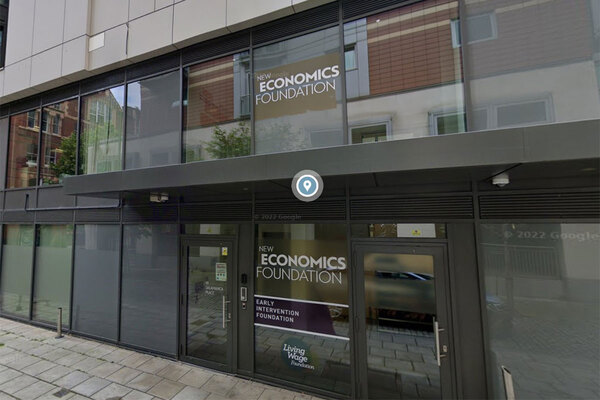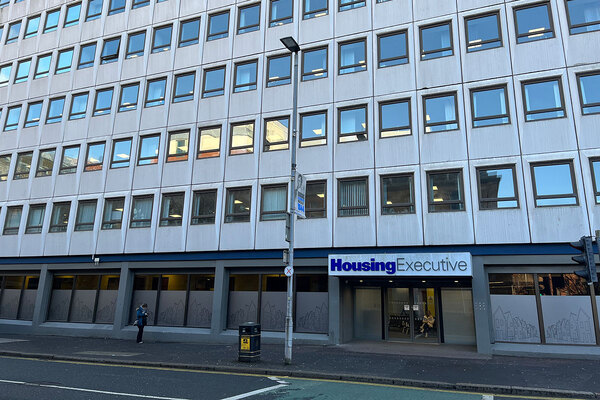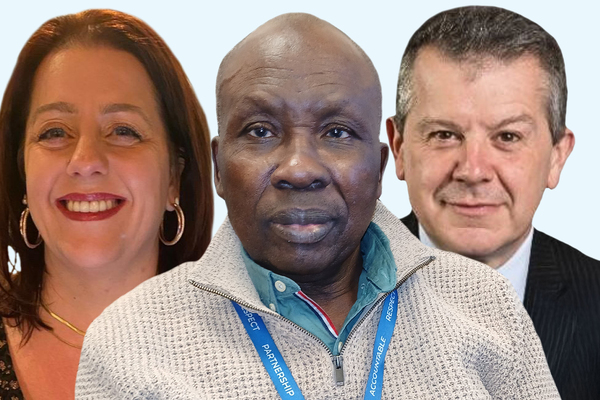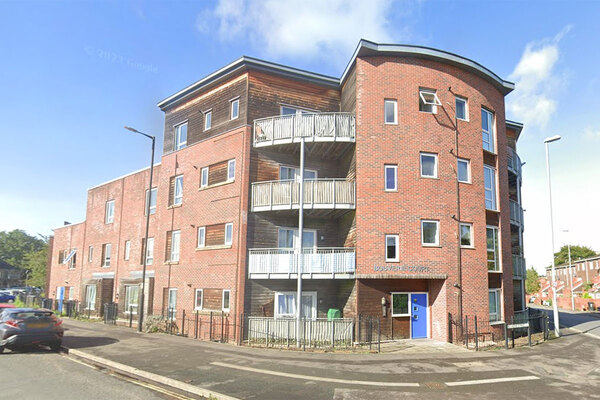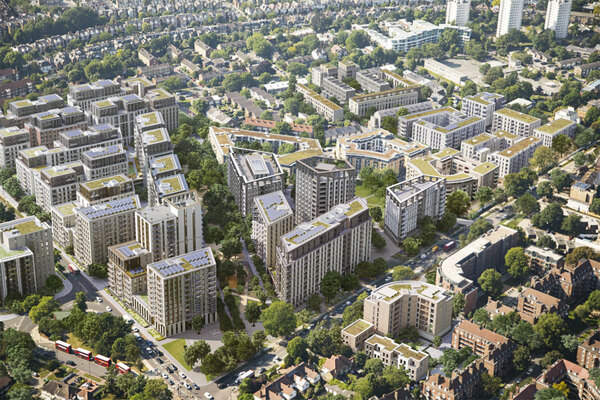You are viewing 1 of your 1 free articles
Record high numbers of homeless households and children in temporary accommodation
The numbers for both homeless households and children living in temporary accommodation are at the highest level ever recorded, new figures have shown.
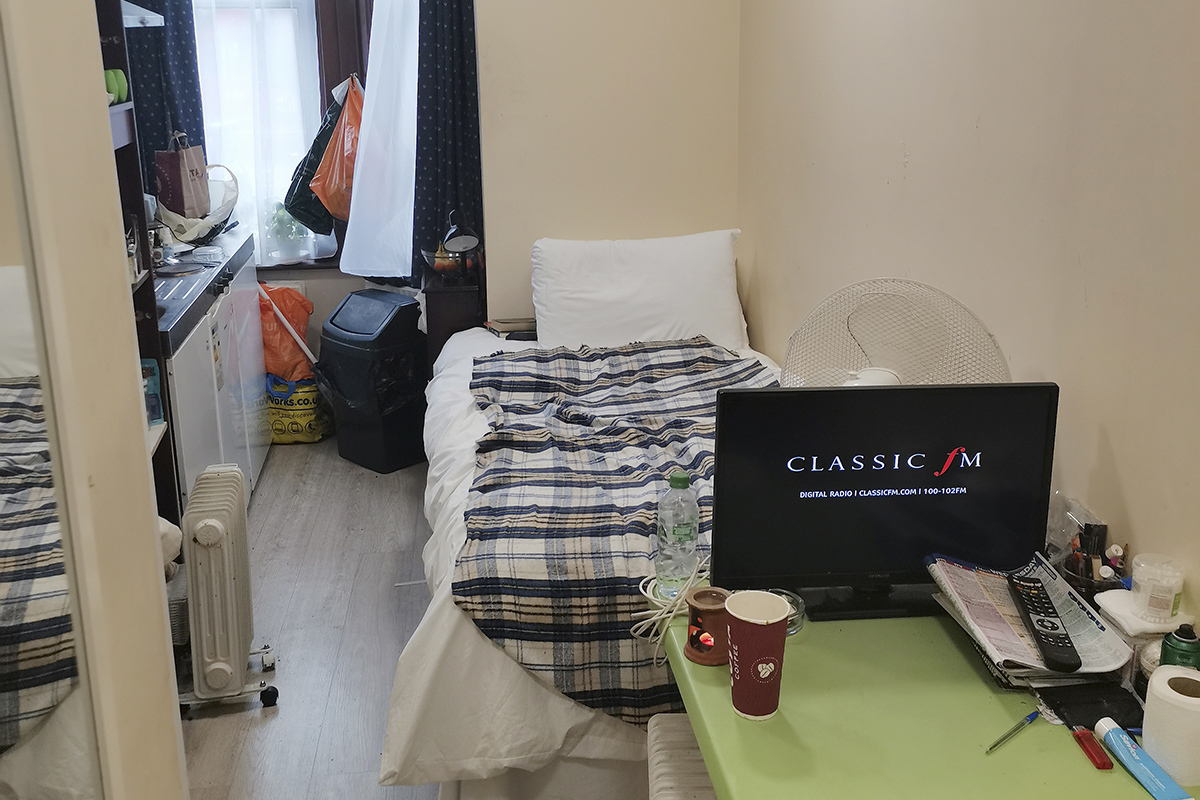
The quarterly homelessness statistics for England revealed there were 112,660 homeless households living in temporary accommodation on 31 December 2023, an increase of 12.1% from the previous year.
In addition, there were 145,800 homeless children living in temporary accommodation in December 2023, the highest ever recorded and up 15% on last year.
The number of children living in temporary accommodation has doubled in under 12 years, increasing from 70,090 in the first quarter of 2012 to 145,800.
Since 2012, the number of children living in temporary accommodation has increased by an average of more than 6,000 every year.
Between October and December 2023, almost 320,000 households were assessed as homeless or at risk of homelessness – another record high.
A total of 79,980 households were assessed as owed a duty to prevent or relieve homelessness by local authorities in England over the past year. Of these, the number of households owed a prevention duty because of a Section 21 eviction notice was the highest on record at 25,910.
In a separate London data set published on Tuesday, the Combined Homelessness and Information Network (CHAIN) recorded 4,118 people sleeping rough in the capital between January and March 2024, a rise of 32% compared with the same period in 2023.
A total of 2,038 people were recorded as being ‘new to the streets’ in London, meaning it was the first time they were recorded as sleeping rough. This is a 37% increase when compared with a year prior.
Fifty-seven per cent of people recorded sleeping rough were non-UK nationals, a 9% increase on the same quarter last year.
Rick Henderson, chief executive of charity membership body Homeless Link, said the government’s rough sleeping strategy “has clearly failed”.
“In certain areas, the impact of recent changes to the eviction process for newly recognised refugees led to a sudden rise in this group sleeping rough,” he added.
“We were deeply disappointed to see the government water down the Renters (Reform) Bill in favour of landlord interests. Meanwhile, it continues to do very little to address the other long-term causes of homelessness.”
John Glenton, executive director of care and support at Riverside, said the rise in the number of rough sleepers in London was “worrying”.
He said: “While increases in rough sleeping are more noticeable, it is important to remember that the number of people sleeping rough is unfortunately just the tip of the homelessness iceberg.
“In the 35 years of working in the sector, I’ve never known things to be so bad.”
The government “must provide ring-fenced funding for homelessness services”, Mr Glenton added, and invest more money into the Affordable Homes Programme.
Darren Baxter, principal policy advisor – housing and land at the Joseph Rowntree Foundation, said the figures show “the human cost of an under-regulated, insecure and unaffordable private rented sector”.
Homelessness will continue to rise unless the government “makes significant changes” to the Renters (Reform) Bill, he added.
Emma Haddad, chief executive of St Mungo’s, said the London rough sleeping figures were “truly devastating”.
“With the mayoral and London Assembly elections this week, and a general election to come, we urge those elected to make ending homelessness a priority,” she added.
Councils have been taking difficult choices to help tackle the crisis, such as Hackney Council, which is looking to lease 300 properties from a newly established real estate investment trust to boost its portfolio of temporary accommodation.
London boroughs are having to take these decisions as spending on temporary accommodation grew by almost 40% last year to reach £90m a month, the latest data has revealed.
A Department for Levelling Up, Housing and Communities spokesperson said: “We want everyone to have a safe place to call home, which is why we’re giving councils £1.2bn so that they can give financial support to those who need it, helping them to find a new home and move out of temporary accommodation.
“At the same time, we’ve boosted the local housing allowance, giving the 1.6 million private renters in receipt of housing benefit or universal credit an additional £800 to help towards rental costs.
“Temporary accommodation is a vital safety net to make sure families are not left without a roof over their heads, but councils must make sure it is suitable for families who have a right to appeal if it’s not.”
Sign up for our homelessness bulletin
Already have an account? Click here to manage your newsletters


